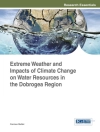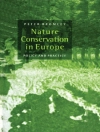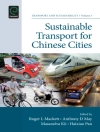Some of the nation’s estuaries, lakes and other water bodies contain contaminated sediments that can adversely affect fish and wildlife and may then find their way into people’s diets. Dredging is one of the few options available for attempting to clean up contaminated sediments, but it can uncover and re-suspend buried contaminants, creating additional exposures for wildlife and people. At the request of Congress, EPA asked the National Research Council (NRC) to evaluate dredging as a cleanup technique. The book finds that, based on a review of available evidence, dredging’s ability to decrease environmental and health risks is still an open question. Analysis of pre-dredging and post-dredging at about 20 sites found a wide range of outcomes in terms of surface sediment concentrations of contaminants: some sites showed increases, some no change, and some decreases in concentrations. Evaluating the potential long-term benefits of dredging will require that the U.S. Environmental Protection Agency step up monitoring activities before, during and after individual cleanups to determine whether it is working there and what combinations of techniques are most effective.
Board on Environmental Studies and Toxicology & Committee on Sediment Dredging at Superfund Megasites
Sediment Dredging at Superfund Megasites [PDF ebook]
Assessing the Effectiveness
Sediment Dredging at Superfund Megasites [PDF ebook]
Assessing the Effectiveness
Придбайте цю електронну книгу та отримайте ще 1 БЕЗКОШТОВНО!
Мова Англійська ● Формат PDF ● Сторінки 316 ● ISBN 9780309109789 ● Видавець National Academies Press ● Опубліковано 2007 ● Завантажувані 3 разів ● Валюта EUR ● Посвідчення особи 7149351 ● Захист від копіювання Adobe DRM
Потрібен читач електронних книг, що підтримує DRM












